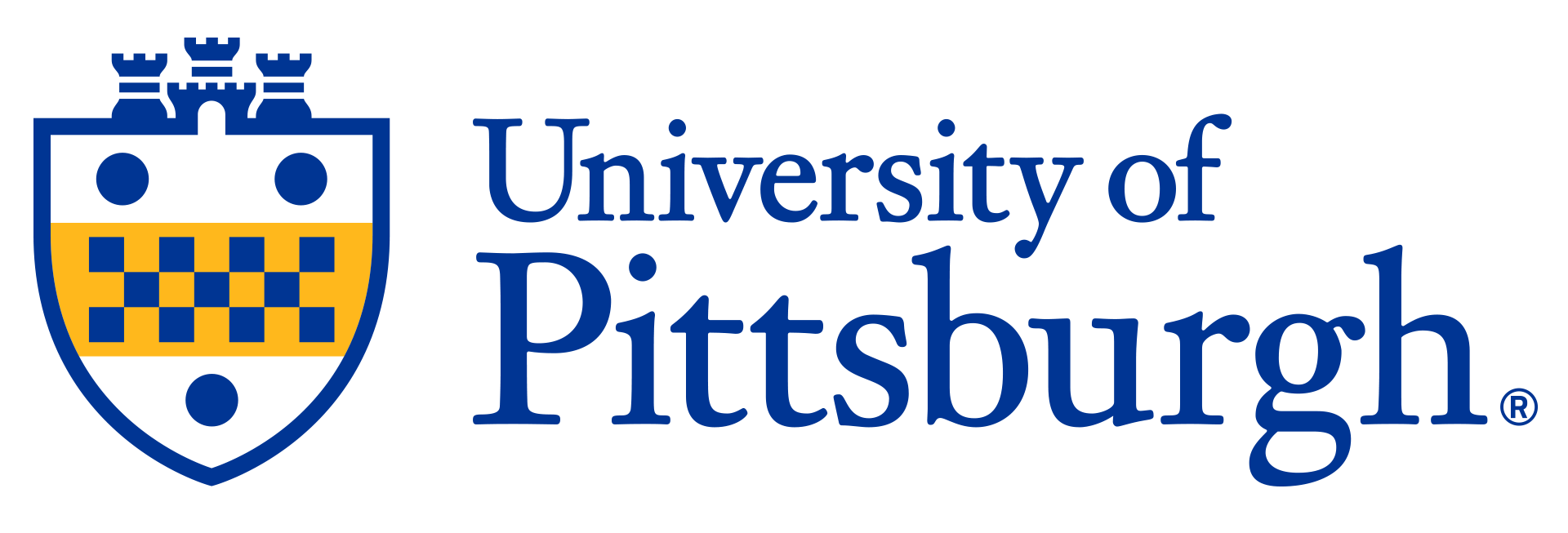

Low-Coherence Interferometric Microscopy for Depth-Resolved Nanoscale Cellular Architecture Quantification
This technique employs a broadband thermal light source and a low-numerical-aperture objective to illuminate standard stained cytology or histology specimens in reflectance mode, capturing backscattered light via either a scanned spectrograph slit or an acousto-optical tunable filter. The recorded three-dimensional intensity data cube (two spatial dimensions plus wavelength) is analyzed by Fourier transforms of the interference between light reflected at the glass–sample interface and light scattered within the nucleus. Coherence gating confines measurements to within the source’s coherence length, yielding depth-gated optical path length maps whose amplitude reflects refractive index variations and whose phase resolves subnanometer changes. A stain-correction model compensates for dye-induced refractive shifts, and extracted statistical parameters—mean optical path length, standard deviation, and entropy—quantify nuclear architectural heterogeneity with ~0.9 nm sensitivity.
Description
This approach is differentiated by its reflectance-mode common-path interferometry, which suppresses absorption artifacts from clinical staining and minimizes external perturbations. Use of low spatial-coherence illumination effectively eliminates speckle noise that plagues conventional quantitative phase microscopy. Unlike electron microscopy or specialized coherent techniques, it operates on unmodified, clinically prepared slides without additional labels or extensive sample prep. The option to employ an acousto-optical filter for rapid wavelength scanning further streamlines integration into existing pathology workflows, delivering nanoscale contrast and depth resolution in a practical, turnkey format.Applications
- Early cancer detection devices- Histology imaging workflow integration
- Clinical pathology diagnostic modules
- Biopsy nanomorphology screening tools
- Drug efficacy cellular analysis
Advantages
- Sub-nanometer sensitivity (~0.9 nm) for detecting nanoscale nuclear alterations- Depth-gated quantitative phase imaging for sectioned analysis of cellular structures
- Compatible with standard stained cytology/histology slides and existing clinical workflows
- Low spatial-coherence reflectance mode suppresses speckle noise and stain artifacts
- Quantitative metrics (mean optical path length, standard deviation, entropy) to assess nuclear heterogeneity
- Enhanced early cancer detection and risk stratification via subtle nanomorphological changes
- Integrable with conventional microscopy modalities (bright-field, phase contrast, DIC, fluorescence)
- Non-destructive, label-free phase measurement directly on clinical specimens